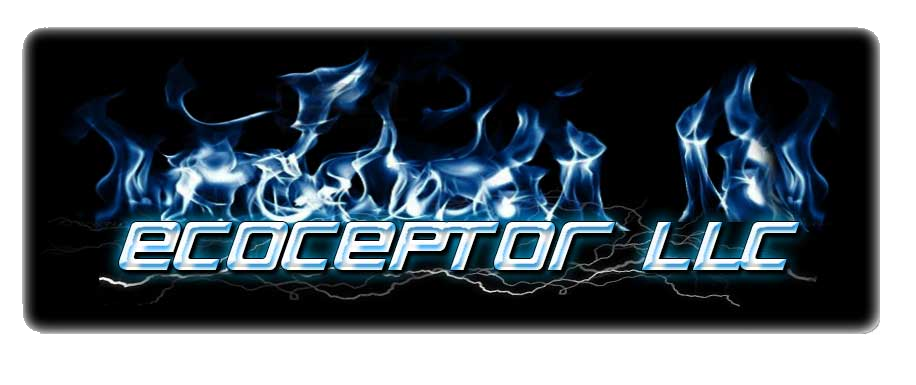Induction Insights
The Induction System would include all ducting leading to the air filter housing, the air filter housing, ducting connecting the air filter housing to the throttle body (or carburetor), the throttle body, the intake manifold, and even the intake ports of the cylinder head. For this section, we will omit the cylinder head portion.
One of the big debates is over heated intake air versus cold air intake systems for fuel economy. We have done fuel economy testing for both and conclude that heating the fuel (see Combustible Caliente) and drawing in cool air seemed to deliver the best results on port fuel injected engines. However, on carbureted and TBI engines, hotter air did improve fuel economy. Most modern vehicles draw air from beside the radiator for the coolest air possible. A "cold-air intake" may not deliver any cooler air. For fuel economy applications, a simple free-flowing cotton filter element can reduce restrictions caused by cheaper paper elements. K&N is one source, but not the only one.
An inventor named Jay Kim created a “swirler” device that mounts in the intake system upstream of the throttle body called the “Tornado”. It has been copied by Spiral Max and many others. I did some testing of different versions (including some home-made units) on different engines and found that on some vehicles it improved performance and economy, while on others, it hurt both performance and economy. On several, there was no noticeable difference whatsoever. It got me thinking why?
I’ve done quite a bit of head porting, and worked extensively with turbochargers. Leaning on that background I discovered engines that responded positively were usually inline (4 or 6 cylinders) with the runners coming off the plenum tangentially (see illustration). When the spin worked with the tangent, it delivered gains. When the spin worked against the tangent, it hurt performance/economy. Most V-6 & V-8 engines have 1/2 the cylinders working with and 1/2 working against the spin, which is why I seldom saw either gains or losses on those engines.
A performance trend is to install a larger throttle body. For fuel economy, this will not serve you well. Many factory throttle bodies are... irregularly shaped. They aren’t perfectly round inside. I did some flow testing on a Chrysler 58 mm TB with a mound on the manifold side of the plate. This was years ago when I had my speed shop. The customer wanted me to mill out the mound to “improve flow”. I flowed it stock, milled it perfectly round, then flowed it again. Guess what?!? That mound actually helped flow, and probably induced some beneficial turbulence; like...
The Gadgetman Groove involves carving a notch (or Groove) into the inside of the throttle body, just manifold side of the throttle plates. Since it has been given much “ink” elsewhere, it gets a cameo mention here.
Intake manifold design can be mathematically challenging and get quite complex. As discussed in the Exhaust section Helmholtz principles play a major role. Most folks tweaking their daily driver will be reusing the factory manifold(s). Just be aware that velocity is your friend when it comes to throttle response and fuel economy. This means long tube small diameter runners. Many engines can be equipped with aftermarket short fat runner style intake manifolds. Although they perform quite respectably on the dyno, you don’t drive on a dyno. You will loose fuel economy with these “sexy” performance manifolds. For carbureted applications, dual-plane intakes are better suited for fuel economy than single-plane “Torker” style versions.
Back in the mid-90’s I was spending a lot of money with H&A Industries buying literature on fuel economy. One of the inexpensive pamphlets (they called it a book) suggested wrapping the fuel tank with alternating layers of wax paper and aluminum foil. The claims were in the 40% gain range. It looked like such wacked-out junk that I threw it away. Later I learned about Wilhelm Reich and his Orgone research. The author of that “book” was turning the fuel tank into an orgone accumulator. It is labor intensive to wrap the fuel tank, but wrapping the intake tract and fuel filter is reasonably economical. Orgone is “Life-Force Energy”, or “Chi”, or “Ki”. It is known by many other names as well. All energies have polarities. Magnetism has North & South. Electricity has Positive & Negative. Thermal energy is Cold or Hot. Orgone polarities are referred to as “Healthy” and “Deadly” (?!?!!?). Orgone accumulators concentrate ambient Life-Force energies to the interior or center of the device. “Deadly” orgone is prevalent in electrically noisy environments. “Healthy” orgone is found in remote mountains devoid of the grid or cell towers. The under-hood environment is electrically noisy. This is good and bad at the same time. The engine will benefit from the dipole created, and doesn’t seem to care whether it’s Deadly or Healthy — both help performance & economy. Just be aware that the wrap will be teaming with Deadly orgone, should you need to be near it while the engine is running.
FE2 - FE3 Depending
MPGenie Basics 051 Training - Induction Insights Part 1
